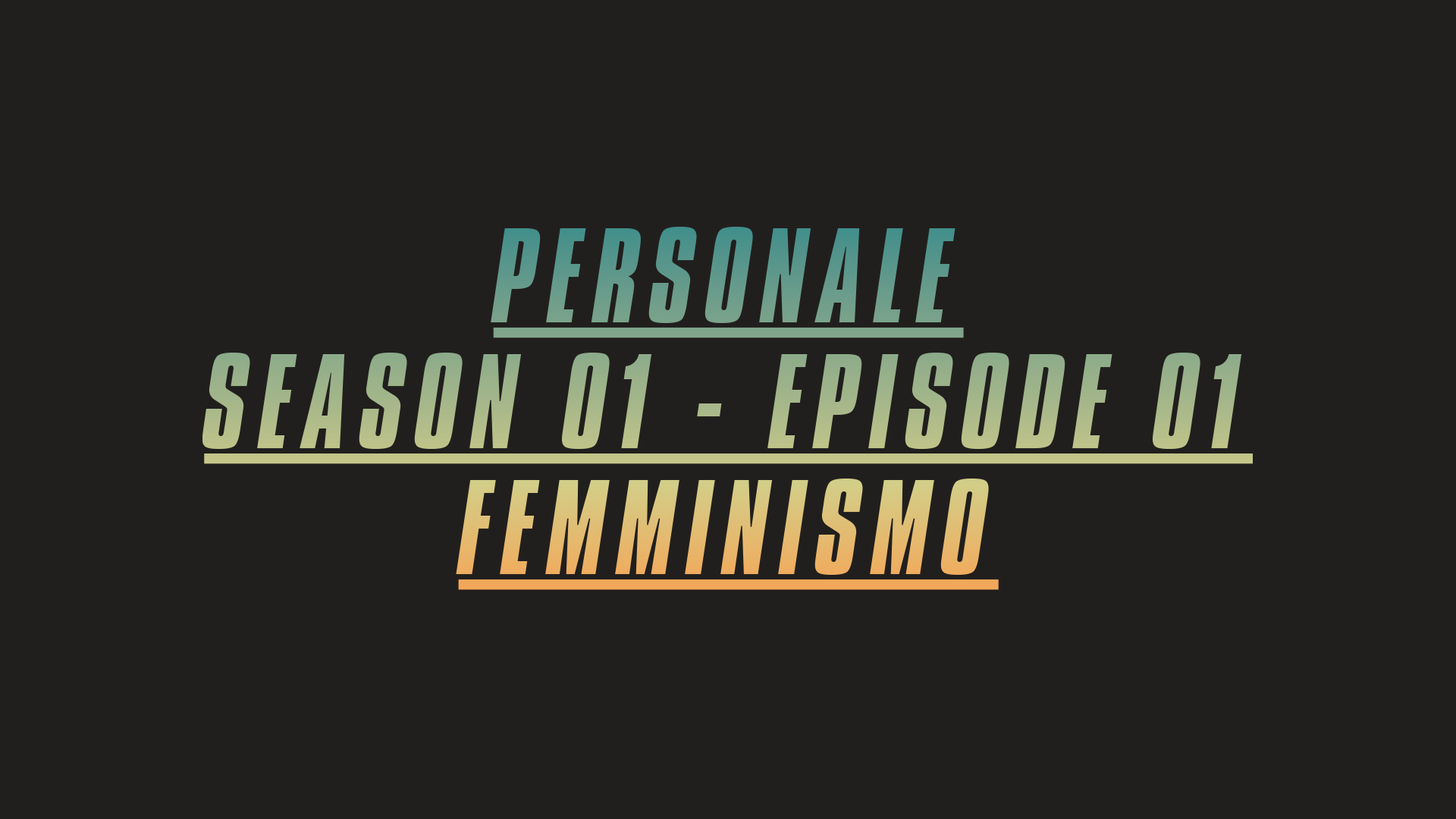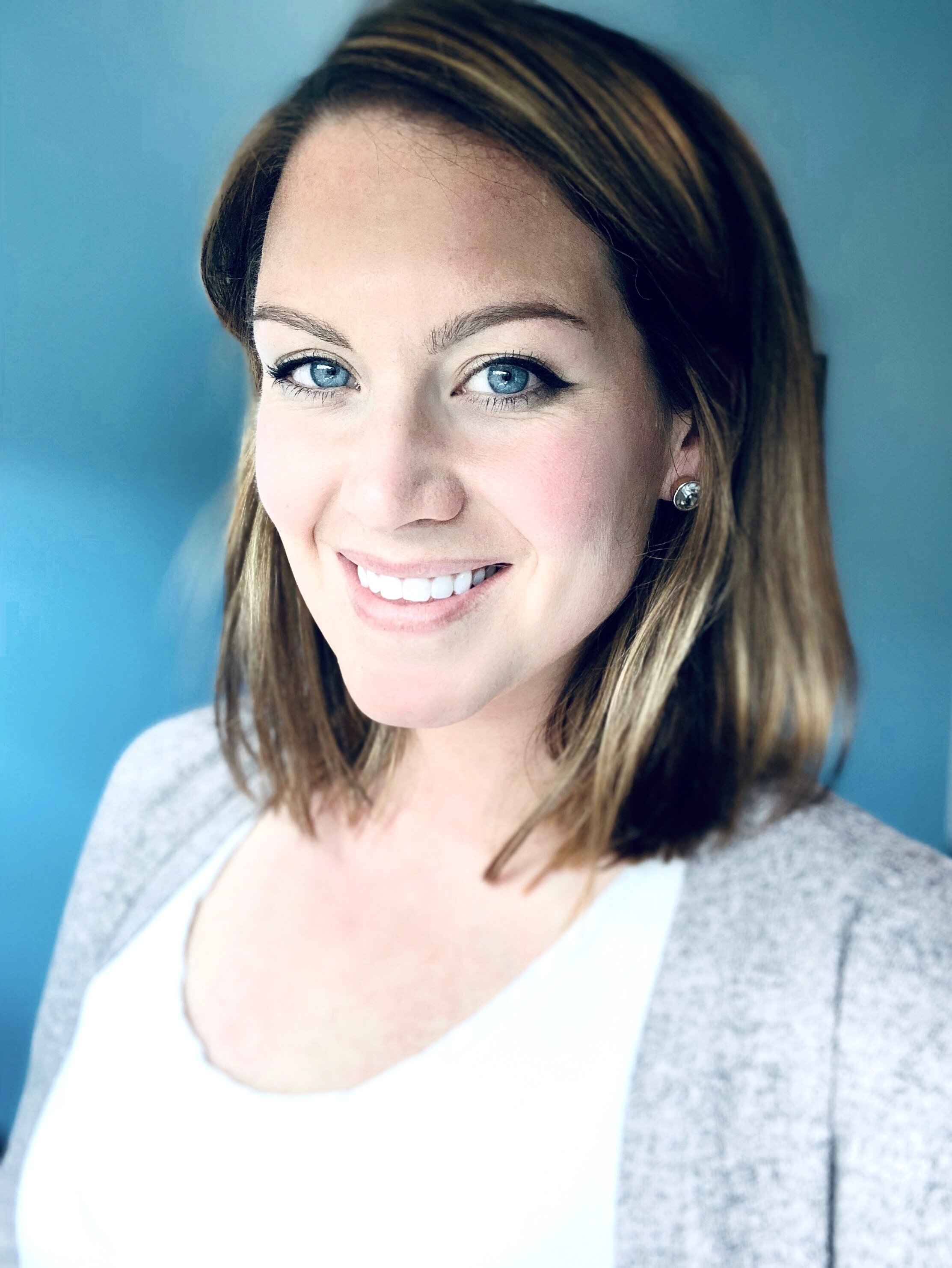Personale è il nuovo format di Talassa Magazine dedicato al mondo dei musei e delle gallerie. È una mostra intima di volti, storie e punti di vista critici degli addetti ai lavori del settore. 3 stagioni da 5 episodi ciascuna. 15 interviste brevi e 15 grafiche inedite d’autore, ispirate alle risposte degli intervistati. Per ogni stagione una domanda è sempre legata a un tema preciso. Il tema della stagione 1 è il femminismo.
Personale is the new format by Talassa Magazine focusing on the world of museums and galleries. It is an intimate exhibition of faces, stories and critical points of view of the sector. It is 3 thematical seasons of 5 episode each; 15 short interviews and 15 original graphics inspired by the interviewees’ answers. For each season, one interview question will be based on a specific topic. The theme of the first season is feminism.
di Clio Biasco, Gabriele Naddeo e Benedetto Puccia
Season 1: Femminismo – Episode 1: Jessica L. Wagner (Denver Art Museum) / poster: Thomas Borrely
1. Chi sei e in cosa consiste il tuo ruolo?
Mi chiamo Jessica L. Wagner e attualmente sono “Corporate Partnerships Associate” al Denver Art Museum (DAM) di Denver, in Colorado. Mi occupo principalmente di sviluppare, negoziare e portare avanti collaborazioni strategiche per il finanziamento del museo. In generale, negli anni mi è capitato di lavorare nei più disparati dipartimenti di musei e piccole no profit artistiche: da fondatrice e membro del consiglio fino all’amministrazione, organizzazione di attività didattiche e organizzazione di eventi, membership, servizi per i visitatori…
Who are you and what is your role?
My name is Jessica L. Wagner, I’m currently the Corporate Partnerships Associate at the Denver Art Museum (DAM) in Denver, Colorado. I work in a development role, which negotiates and nurtures strategic funding partnerships for the museum. Though at one time or another I’ve worked roles in almost every department within museums, and small arts nonprofits, from founder and board member, to administration, education, events, membership, visitor services…
2. Come racconteresti il luogo in cui lavori?
Il DAM è una delle più grandi istituzioni artistiche tra Chicago e la West Coast. Il museo conta su uno staff numeroso, con 347 impiegati e 461 volontari. Onestamente credo che le strutture e gli uffici del DAM siano tra i migliori in cui io abbia mai avuto l’opportunità di lavorare. Dal punto di vista delle mostre e del programma degli eventi, il museo si concentra su attività educative all’avanguardia. Soprattutto, è un’organizzazione leader a livello internazionale per quanto riguarda le mostre e le attività dedicate alle famiglie e ai progetti di integrazione.
How would you describe your workplace?
The DAM is a sizeable museum, one of the largest art institutions between Chicago and the West Coast. The museum has a comparably large staff, with 347 employees and 461 volunteers, and honestly the DAM museum buildings and offices are some of the most beautiful spaces I’ve had the opportunity to work in. Exhibition and programming-wise, the museum is very much focused on ground-breaking educational programs and being a global leader in it’s family-oriented, integrated, gallery and program experiences.
3. Una mostra che ti ha cambiato la vita? Facile! Sono cresciuta giusto al centro dello stato del Michigan, in una città molto piccola. Ero ventenne la prima volta in assoluto che ho messo piede in una grande galleria d’arte, ovvero il Detroit Institute of Art (DIA) a Detroit, Michigan. Il DIA ha una meravigliosa collezione permanente di arte contemporanea, che include l’opera di Barnett Newman Be I (second version). Il lavoro di Newman è questa straordinaria tela espressionista in acrilico rosso intenso, molto grande (274x213cm), con un’unica striscia verticale bianca che scende in basso al centro. Questo è stato il momento cruciale in cui ho deciso di intraprendere una carriera in ambito museale: quel sedersi accanto all’opera, osservare i visitatori fermarsi a guardarla, quindi spostarsi puntualmente per allinearsi con la linea centrale bianca. Quel voler assistere a un’esperienza umana condivisa, finendo per domandarsi cosa si stessero domandano gli altri visitatori.
What is an exhibition that changed your life?
Easy! I grew up smack-dab in the middle of the state of Michigan in a very small town. The first time I ever stepped foot within a large art museum, was when I was twenty years old, at the Detroit Institute of Art (DIA), in Detroit, Michigan. The DIA has a really gorgeous permanent contemporary collection, which includes Barnett Newman’s ‘Be I (second version)’. The Newman work is this amazing deep red, very large 9’x7’, acrylic abstract expressionist piece, with a single white ‘vertical zip’ down the center. Sitting by that work, watching visitors, stop, look at the piece, then slide themselves to align with the white center line, every single time! Seeing the shared human experience, wondering what they were “wondering”, that was the deciding moment of myself jumping into a museum career.
poster by Thomas Borrely
4. Una problematica attuale legata al tuo settore?
Gli stipendi… una questione di vecchia data nel settore museale. Però, è un problema che ha raggiunto (forse non ancora del tutto) il suo punto critico. Gli addetti ai musei sono oberati di lavoro, sottopagati e spesso visti come sostituibili, considerando che le posizioni in ambito museale sono molto desiderate e difficili da ottenere. Ci sono senz’altro tanti fattori che contribuiscono ad assottigliare gli stipendi, ma il modo in cui i musei degli Stati Uniti sono finanziati, ovvero privatamente – cosa che tra l’altro avviene grazie al lavoro assiduo di team dedicati a questo scopo – e con poca assistenza da parte del pubblico, contribuisce non poco a ridurre lo stipendio del personale. I donatori, sia privati che aziendali, e le fondazioni preferiscono finanziare le mostre, considerate molto più “più appetibili” rispetto ad altri tipi di costi basici da dover coprire, come quello del personale. In altre parole, la stabilità finanziaria degli operatori museali è puntualmente l’ultima priorità di molte organizzazioni culturali.
Can you tell us about a current issue related to your sector?



